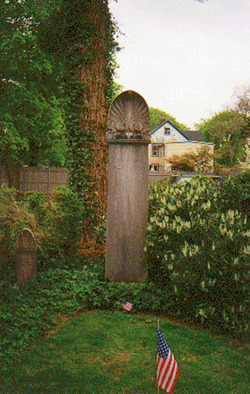
Jacque DeRubbo loves Maverick, her German Shepherd, almost as much as her husband hates the dog.
In fact her husband hates all dogs.
Jaclyn likes to dress Maverick in caps and sunglasses and other assorted clothing and accessories. And she’s thinking of dressing him (the dog, not the hubby) as James Garner (as Bret Maverick) for Halloween.
How do I know such frivolous fodder?
Jaclyn claims she is the “Manager” of the MedExpress on Mossside Blvd. in Monroeville, PA. MedExpress is one of those drop-in medical centers that you rush into if you (a) have no money; (b) have no insurance: (c) like waiting in an airport-like lounge for a few hours.
Jaclyn claims she also “oversees” another such “urgent care” joint in Monroeville, as well as one in Murraysville (PA).
How she ever gets “work” done is something I have wondered about for the last couple of weeks.
Let me explain.
Knowing I was in-between books, I was contacted by MedExpress to gauge my interest in working part-time . . . their “part-time” consists of a 12-hour days.
This nightmare began with an email from “Rebecca Burroughs”, who claimed to be a MedExpress “Recruitment Coordinator”. She called me, “interviewed me” and asked me if I wanted an in-person interview with “Melissa”.
Oops! An email later, she said she “misspoke” and that Melissa was actually Jaclyn. “Please let me know if you have any questions”, she cooed in an email. “We look forward to your interview!”
And so I went to meet Jaclyn/Melissa.
She was late for the interview; she arrived with a woman named Terri, who she had hired to be the manager of the Butler (PA) joint.
Terri is also a dog lover.
Stay with me.
The interview lasted 2 hours and 18 minutes . . . and at least 120 minutes of the “professional” interview was devoted to dog drama. Jaclyn/Melissa and Terri pulled out their cell phones to show off pooch photos. Over and over and over again.
Was I on Candid Camera?
These broads were too young to know Candid Camera. No?
But Jaclyn/Melissa remembered the day she had to reprimanded a doctor when he didn’t wear navy blue scrubs (“And they have to be navy blue!”).
And she knew remembered the day she reprimanded a front office associate about “talking too much to customers”. I’d thought she’d use the word “clients”, but I was barking up the wrong tree.
I felt like I was watching a Fellini flick. Or starring in a Marx. Bros. comedy, with me as Harpo, the silent one.
This is how professional interviews are held?
I didn’t get the job.
I didn’t want it.
Yet I knew I had a tale to tell when I left the doghouse diatribe.
What surprised me even more was that MedExpress didn’t spend even a medicated minute to tell me, “Thanks, but no thanks”.
I emailed corporate media relations, asking for the reason for such unprofessionalism.
No one ever got back to me.
I mailed Rebecca and asked why all that time wasted.
Her last email: “I am sorry to hear of your displeasure. While the recruitment process can seem lengthy at times, it is never a waste of our time to thoroughly screen and interview qualified candidates. So it is disappointing to hear you feel it was a waste of your time. I will speak with my team on how we can improve our process”.
Perhaps I should have sat, rolled over and licked their faces?
Or kissed their asses?








 The trial of Thaw and its aftermath mesmerized the nation. Americans overwhelmingly supported Thaw–he had avenged his wife’s honor; what else mattered? But the district attorney, Travers Jerome, ferocious, brilliant, and unflappable, was determined to send Thaw to the electric chair.
The trial of Thaw and its aftermath mesmerized the nation. Americans overwhelmingly supported Thaw–he had avenged his wife’s honor; what else mattered? But the district attorney, Travers Jerome, ferocious, brilliant, and unflappable, was determined to send Thaw to the electric chair.





